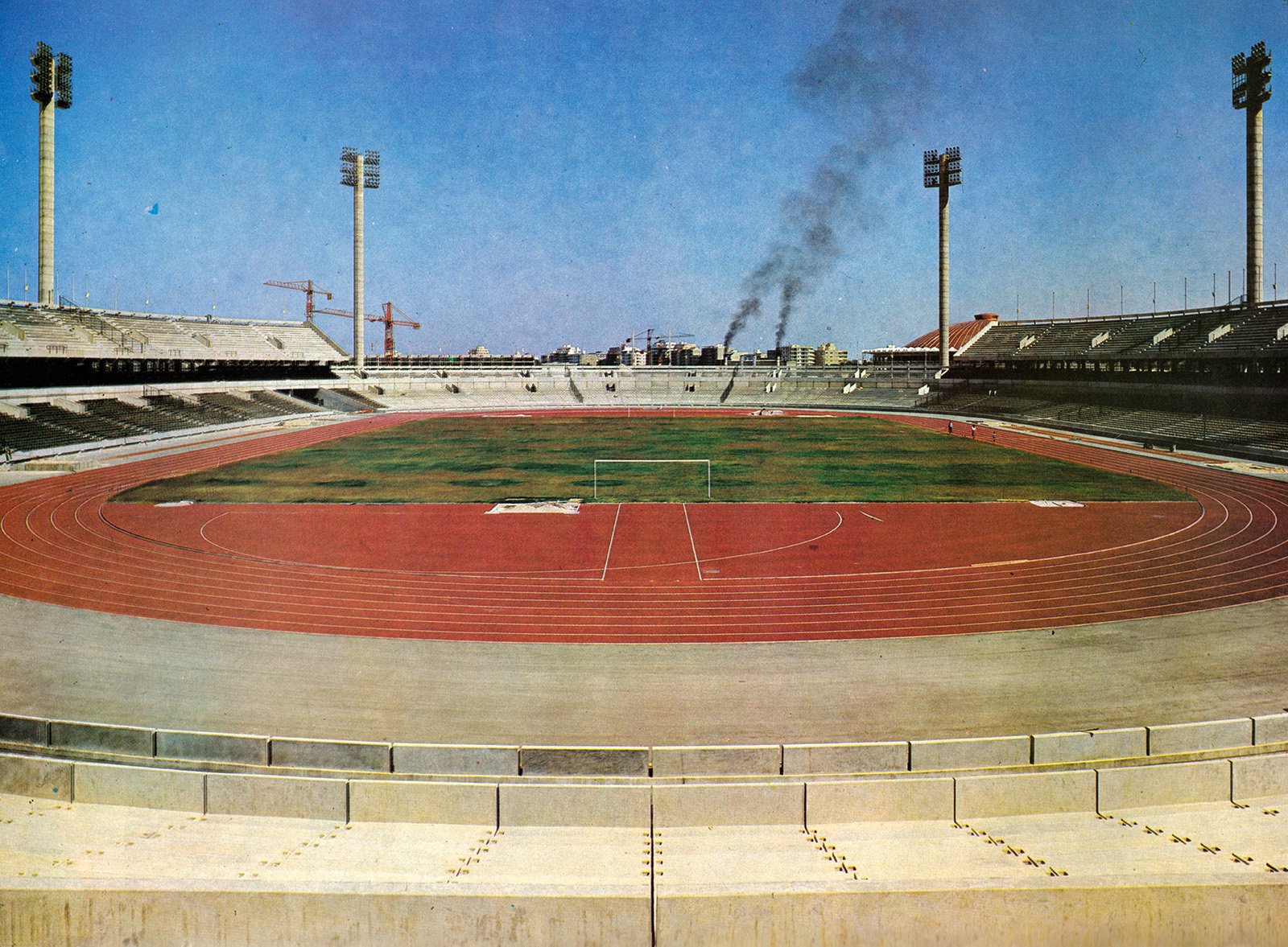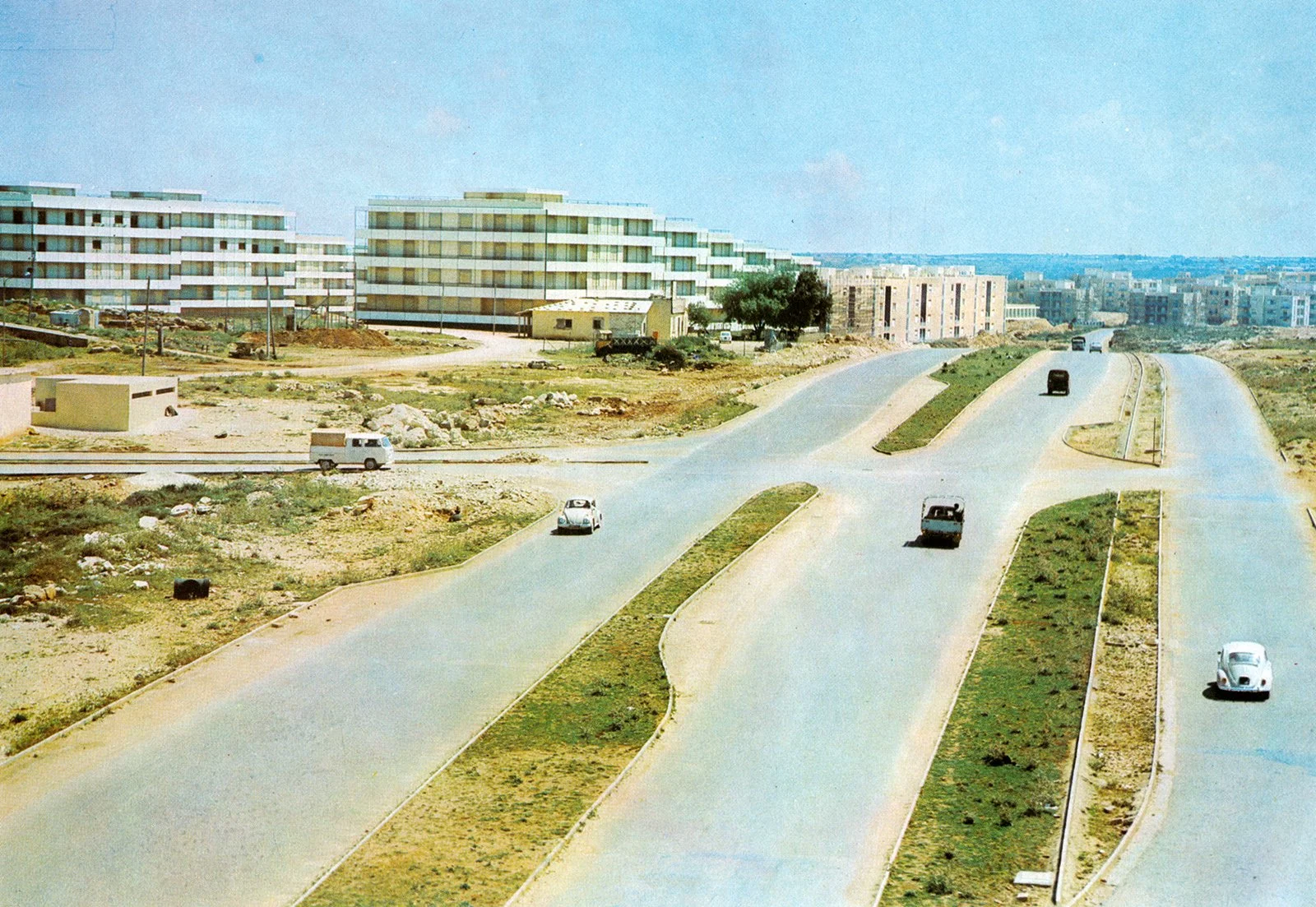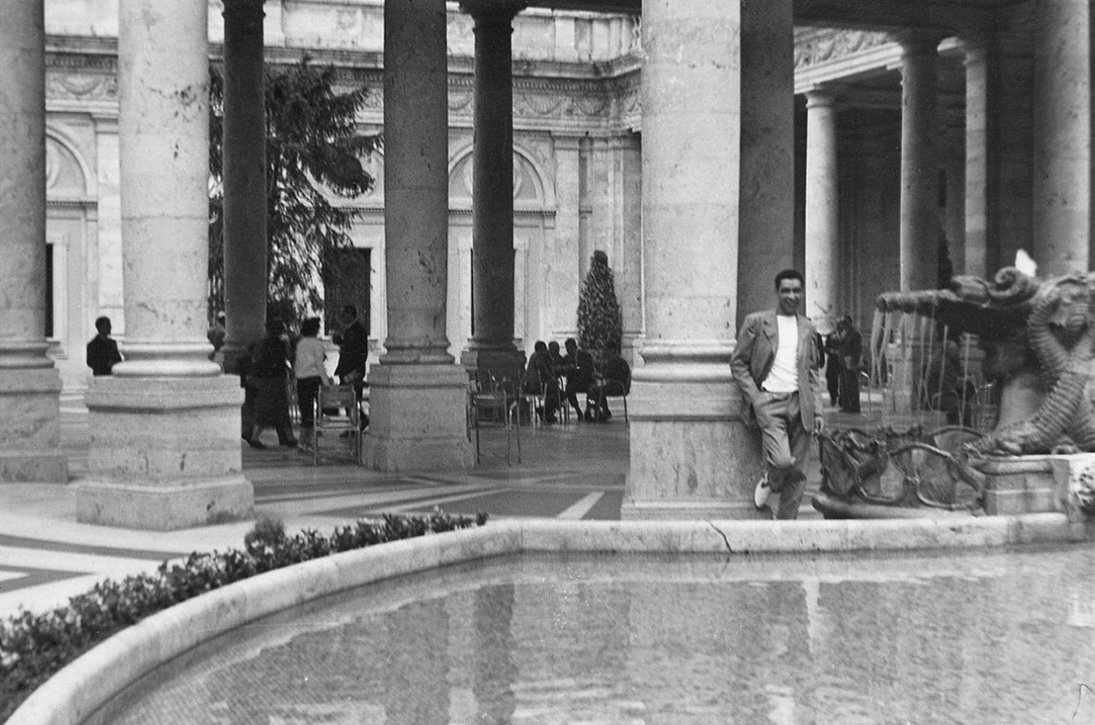Beauty of Libya
My grandmother gave me this book, a book showing Libya, the country of my birth, before the revolution of 1969.
A long time ago, my Granny gave me a book called Beauty of Libya.
As I was born in Tripoli, a few weeks before Gaddafi's revolution, she was keen to show me some pictures of the city that she had lived in and had known so well.
My Granny and I chatted about how we would visit my birthplace. She would show me the beautiful city she remembered and I would see the country where I was born. I did some research. The Foreign Office advice in the late 1990s was: Libya - reasonably safe but only travel in an organised tour group. Do not travel alone.
We never did get to go. The world changed after 9/11 and my Granny had died.
Still, Tripoli remains the place of my birth, typed onto my birth certificate, stamped into my passport and printed on my driver’s licence. Occasionally this knowledge produces a hard stare from someone at passport control as I am assessed and then re-assessed before being allowed to pass through.
A Pictorial Book
Printed in 1971, Beauty of Libya was a gift to my grandparents by some friends. I know this from a message written inside:
Happy Easter 1978 and Congratulations, Margaret and Neville, on your 36th Wedding Anniversary
With all our love,
Norman and Pam.
I wonder for a moment about Norman and Pam. Who were they? Where did they go? Did I meet them? Did they return to the UK? There’s a story there I’d like to know.
The book’s introduction is short and perfunctory. Information about population, geography, the impact of the oil industry and the ancestry of the Libyan people. The rest of the book is filled with photographs printed with that bright saturated colour which I usually associate with vintage British seaside postcards.
The book is described as a ‘pictorial book’. Which it is. It’s a book of few words. There are captions under most of the pictures but often nothing that really gives the reader any further information. There are many photographs of camels (I love camels), people in traditional dress, desert landscapes and sacred ruins. And then there are four photos in particular which stand out from the rest. I'm struck by how different they are. These are pictures few people inhabit. These images of the modern changes happening to the country at the time reveal a strange mixture of anticipation, isolation and solitude.
Sports Stadium
One of the many stadiums in Libya, 1971
The interior of the sports stadium is empty. Dark grey smoke rises from two chimneys in the distance, smudging across the clear blue sky. The seats are empty, the track is empty, the lights stand straight and tall, redundant in the bright desert sun. This is clearly a new construction. A grand gesture to sport, yet here it lies bare and quiet. Waiting.
Empty City Streets
The wide avenues of Baida city. Photo: Beauty of Libya 1971
Two VW beetles heading in opposite directions, a van trundling down from the slip road to the left. Will it cross to the other side? Is it me or does this scene look like a picture of a model rather than of real life? The shadows are short and sharp under the cars. The picture must have been taken in the middle of the day.
At the Airport
Sabha, the airport. Photo: Beauty of Libya 1971
Meanwhile, at Sabha airport, are two people chatting, waiting, watching while the aircraft re-fuels. Maybe they’re the pilot and co-pilot. Is that a fire truck behind them? The sky seems unusually cloudy on this day, not the bright blue that features in the other photos.
The Modern Sport Establishment
The exterior development of a ‘modern Sports Establishment’. Photo: Beauty of Libya 1971
At the modern Sport Establishment, there’s no one here. Just a lone van parked at the centre at the bottom of a curving ramp. The building work is finishing, maybe everyone is having a break. Those shadows are still sharp and hard defining every geometric concrete line of the arena’s architecture.
Battle Scars
I like these photographs for their formality, their colour and graphic style. However, I can't help but think what a contrast they are to the difficult political, sometimes violent, developments that have left the country scarred and embattled.
Both my Mum & Dad have many memories of living in Libya and memories of the revolution. My Mum remembers the tanks rolling through the streets of Tripoli. She describes it as a frightening time. My Dad remembers young soldiers taking potshots at the car as he drove through the city going to work or shopping for groceries. We left in December 1969 and headed back to the UK. The revolution had taken hold and the situation was becoming increasingly unsafe.
Memories of a Different Time
My Dad sent me an email after reading my original post:
It was a great summer that fell apart when Qaddafi decided to ruin the country. Your Mum was 20 years old and I was almost 21.
What's interesting about the book printed (as you point out) in 1971 two years after the revolution, is the lack of people in what once was a very vibrant and bustling city. Spending so much time there between 1963 and 1969 I loved it very much and am so saddened by what happened on Sept 1st, 1969 onward.
I've attached a couple of photos of the late 1960s and how I remember Tripoli. Some of the Uaddan Hotel and the Plaza where we used to eat at an Italian Restaurant in the corner background right.
My Dad attaches some photographs he’s found. I do a quick search and find the original article. I discover the photographer was Mohamed Nga. In the 1960s he was the owner of the Uaddan Hotel in Tripoli. The article is beautifully written by his son, himself a photographer, Jehad Nga.
"I think most Libyans who were around during those days have their own Uaddan - a safe house built for the purpose of storing away those memories and desires beneath the surface, locked away and preserved until a time would come when they could be ignited into flight.
I always knew that Libya was not a camera culture. On my many trips back to Tripoli, I never saw people taking photos. My father never bothered to take photos after 1969 in the same way he used to. Those earlier days were recorded diligently: parties and beach trips and everyday life. The colors that once jumped out of the pictures from those days are now washed away and faded. I have spent a lot of time looking at these photos over the years. Now more than ever, they speak to me and give me a clear picture of what was extinguished for so many in 1969. Those chapters hold such an important role in the lives of not only the Libyans but also many of the internationals who were living in Tripoli at the time. My mother worked in Libya in 1969 as a schoolteacher and still talks fondly about those days, in the same way that people speak of the 1960s in the U.S."
Photographs & Memories & Stories
I look at these pictures, the ones from my Granny’s book, the ones by Mohamed Nga. I think about the plaza, the hotel, the restaurant, my parents so young with me a newborn baby.
I contact Jehad Nga. He kindly gives me permission to reproduce three of his father's photographs here.









